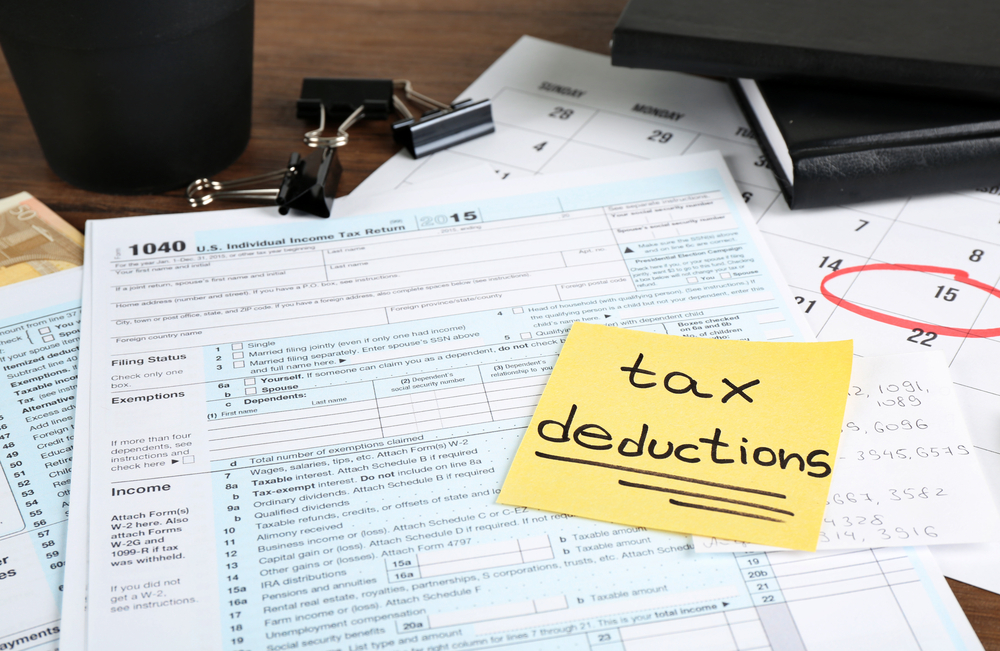How Bunching Tax Deductions Can Save You Money
Peacock & French CPAs
Sep 01, 2021

The Tax Cuts and Jobs Act introduced by President Trump in 2017 changed many things in tax law. While many of those changes only impacted a small portion of the population, one major change that had a widespread impact was nearly doubling the standard deduction for tax filers. While many people were thrilled by that increased deduction, few realized how bunching tax deductions could help them to take greater advantage of this increase. Here’s what you need to know about the standard tax deduction, bunching, and how it can save you money.
What Is the Standard Deduction for 2021?
While the increase along with the Tax Cuts and Jobs Act was dramatic, the standard deduction has increased since then to account for inflation. The 2021 standard tax deductions are currently set to $12,550 for single filers, $25,100 for joint filers, and $18,800 for heads of households.
With this much higher standard deduction, few people find it beneficial to itemize their deductions each year. However, with a little bit of savvy tax planning, you can dramatically decrease your tax liability by bunching and itemizing your deductions every other year, and taking the standard deduction in alternate years. Here’s how.
What Is Bunching?
Bunching deductions essentially means taking two years’ worth of tax deductions in one year. Of course, this isn’t possible with every type of tax deduction, but can be done with many predictable deductible expenses (more on those below). Bunching two years of deductions into a single year gives you a dramatically higher amount of deductions, which you can itemize for a higher deduction than the standard tax deduction. Then, the following year, you’ll have much fewer itemized deductions and can take the standard deduction instead.
By bunching in alternating years, you further reduce your tax liability, giving you the maximum benefit on your tax return. Obviously, this does require you to plan up to two years ahead on your taxes, which is difficult to do on your own. We strongly recommend working with one of our professional tax planners to do this.
Which Deductions Can Be Bunched?
As we already mentioned, not all deductions can be bunched. In order to bunch deductions, you need to be able to prepay them—paying for the following year’s expense in December of the previous year. Here are a few examples of common tax deductions that are easily bunched:
1. Charitable Contributions – Because you have control over how much you give and win, charitable contributions are quite easy to bunch. For example, let’s say you give several thousand dollars to your favorite charity at the end of every year. Instead, you could postpone your contribution until after the New Year, lowering your deductions for this year and taking the standard deduction. Next year, you would make your usual December contribution. You’ve now made two large donations to that charity in the same year, essentially doubling your charitable contributions for that year.
2. Medical Expenses – Obviously, you can control when you need medical attention. But if you’re considering replacing your home medical equipment or getting an elective surgery, you may be able to bunch those high costs into a single year. Keep in mind that you can only deduct medical expenses that exceed 10% of your adjusted gross income. So, if you can bunch your expenses, you may be able to exceed this threshold and deduct some costs you would otherwise be covering entirely on your own.
3. Property Taxes – If you have already received your property tax bill, you can pay it at any time. This means you can pay it in January for one year, then prepay for the following year as soon as you receive the tax bill in December, doubling up on your property tax deductions for that tax year.
Consider This Example
Exactly how much can bunching save you? It will vary widely depending on the deductions you usually take, but let’s look at an example.
John and Jill get their $6,000 property tax bill in December. Last year, they didn’t pay that bill until the due date in January, but this year, they pay it right away; they now have $12,000 in property taxes this year, so they can take the maximum property tax deduction of $10,000. Additionally, they paid $7,500 in mortgage interest this year, so they can deduct that amount as well. (This expense doesn’t usually bunch well though.)
They usually contribute $10,000 to their favorite charity in January every year, so this year, they make the donation in December instead, giving them $20,000 in deductible charitable contributions this tax year. Add this to the above deductions, and John and Jill now have $37,500 in itemized deductions, which far exceeds the $25,100 standard deduction.
If they itemize their deductions this year and take the standard deduction next year, when their itemized deductions are lower, they would have a total of $62,600 in deductions. If they had taken the standard deduction both years, they would have only received $50,200 in deductions over those two years.
As you can see, bunching can have significant benefits for some taxpayers. To learn more about bunching your deductions, and to see if it can benefit you, contact Peacock & French, CPAs today.